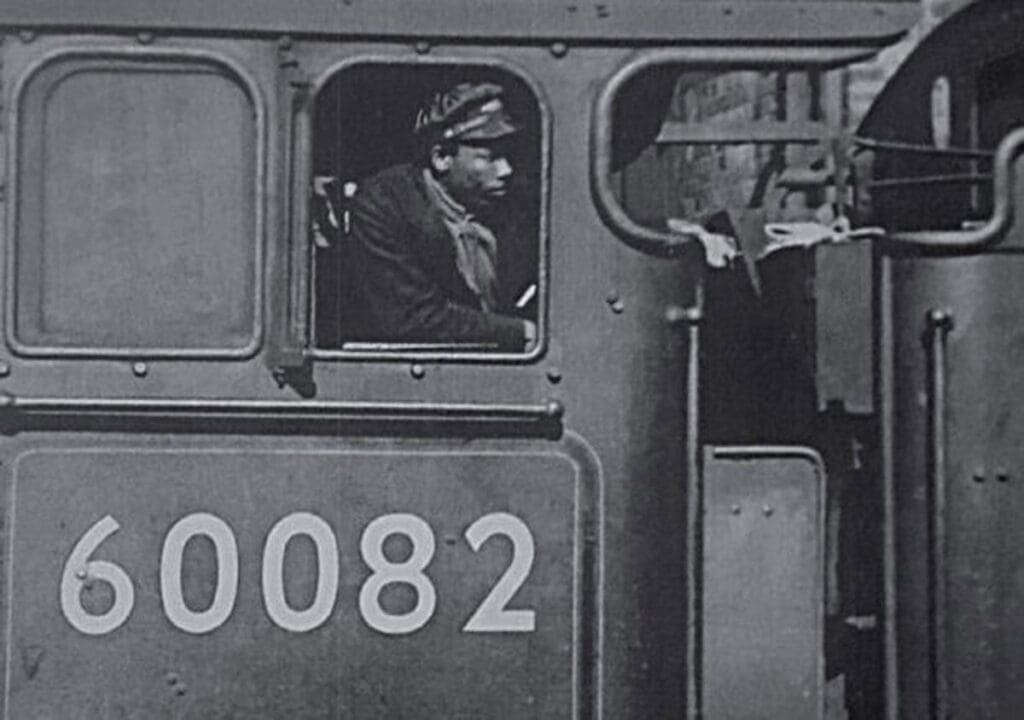
A plaque has been unveiled commemorating Britain’s first black train driver, Jamaican-born Wilston Samuel Jackson.
Mr Jackson began maintaining trains shortly after moving to London in 1952, and became a driver 10 years later.
He had a long and successful career on the railway, including driving the famous Flying Scotsman locomotive.
Monthly Subscription: Enjoy more Railway Magazine reading each month with free delivery to you door, and access to over 100 years in the archive, all for just £5.35 per month.
Click here to subscribe & save
Also see
- TfL launch Britain’s first ever Black History Tube map in collaboration with Black Cultural Archives
- New Lumo train service linking London and Edinburgh launches
Speaking at the unveiling ceremony of his plaque at London King’s Cross station on Monday, Mr Jackson’s youngest daughter, Polly Jackson, said: “My father dedicated much of his life to the railway.
“He was never late or missed a day, and he was so proud of his work, despite the many challenges he faced. Today was a fitting tribute to his life and career.”
Mr Jackson – known as Bill – worked his way up from his initial maintenance role to a position managing train boilers.
This involved spending days shovelling coal in hot and filthy conditions, after which he returned home to study for his driver exams.
He was not the first black person to aspire to be a train driver in Britain, but many saw their applications blocked due to racism.
Mr Jackson’s appointment in 1962 sparked a furious reaction from some of his white colleagues, who unsuccessfully attempted to prevent white men from working under him.
Two years later, he broke both his legs when his train crashed into the back of a stationary goods train near Finsbury Park, north London, after a signalman mistakenly gave a green light.
After a long recovery, he returned to the railway, before emigrating with his family to Zambia where he taught people how to drive trains.
He died in September 2018 aged 91.
Andrew Haines, Network Rail chief executive, said: “I have been fascinated to learn about Wilston’s life and career.
“He was a real trailblazer for our industry and we owe him a huge debt of gratitude for his incredible service, made even more remarkable by the many obstacles he had to overcome.
“This plaque is a fitting tribute to his career, and I hope it helps to inspire the next generation of train drivers and railway workers from minority ethnic backgrounds because despite some progress we know they remain under-represented in our industry.”
According to train drivers union Aslef, just 10% of Britain’s train drivers are from black, Asian and minority ethnic backgrounds.
Aslef general secretary Mick Whelan said: “We are incredibly proud to have had Wilston as one of our own, a dedicated driver with an illustrious and ground-breaking career.
“Nearly 60 years after Wilston earned his key, just 10% of train drivers in England, Scotland and Wales come from an ethnic minority.
“Aslef continues to campaign for change across the sector and for a driving grade that represents 21st century Britain. This blue plaque is fitting recognition of that.”




